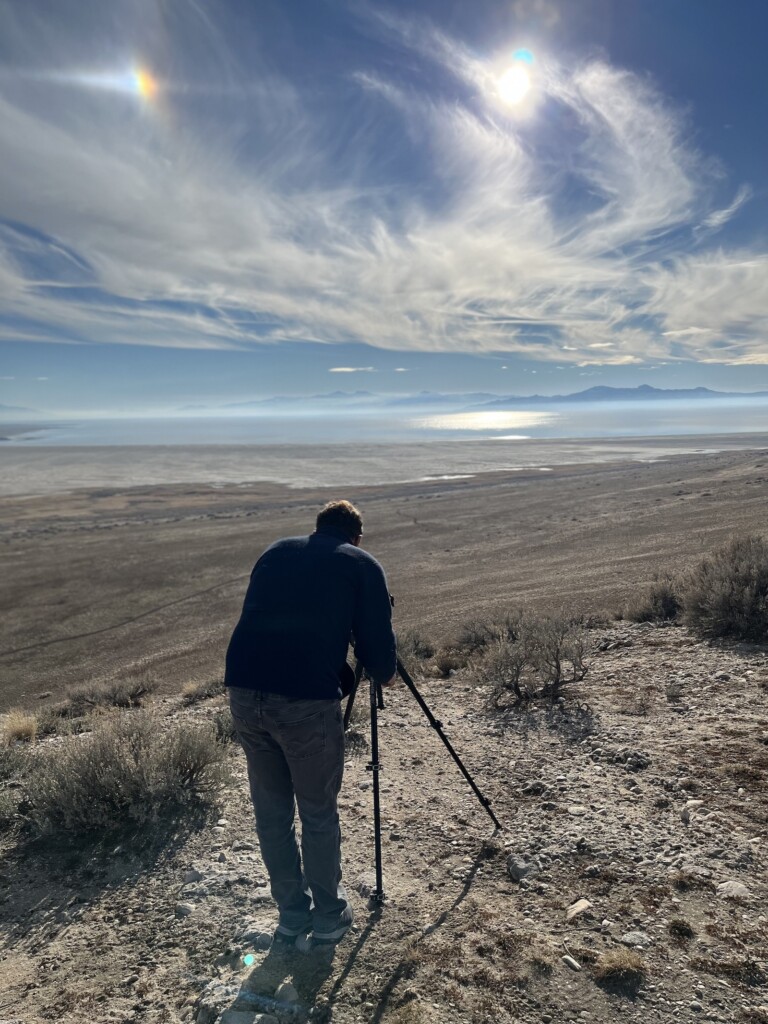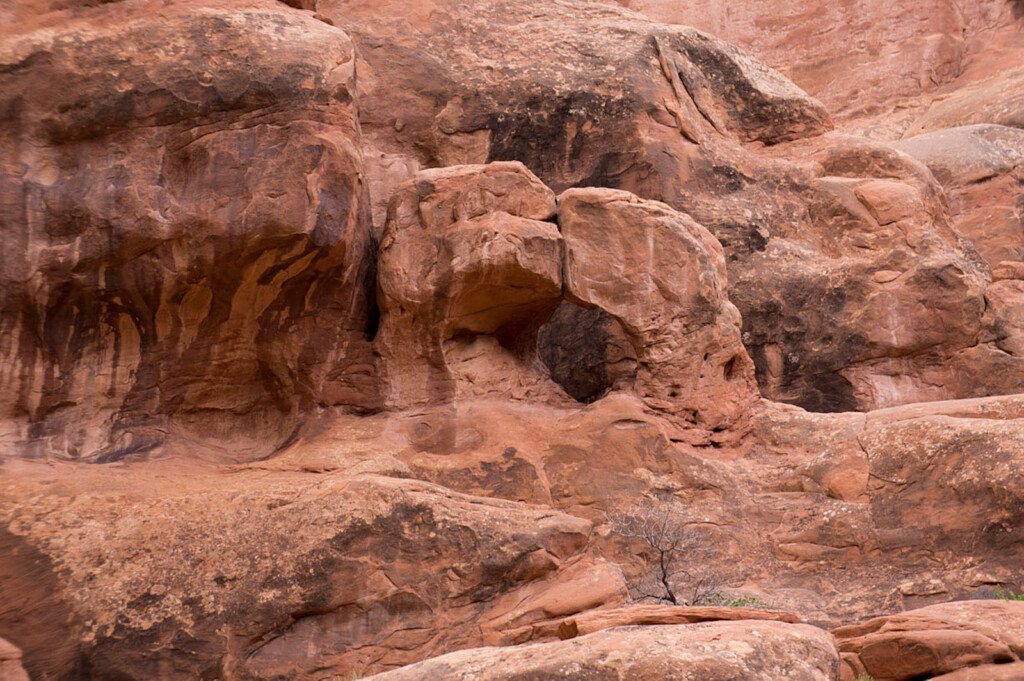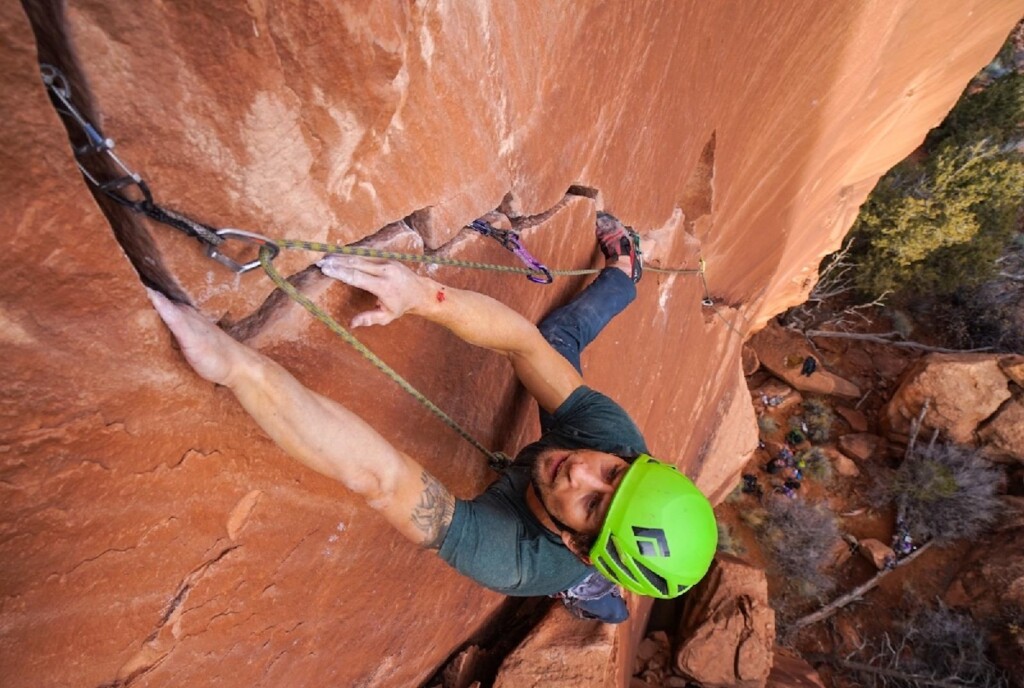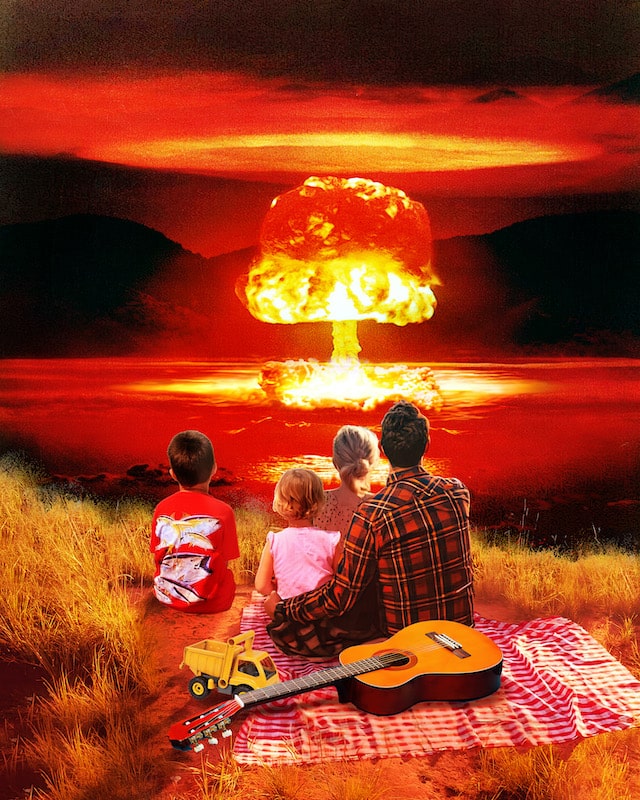
Utah’s downwinders are finally getting the help they deserve.
This past June, Congress extended the Radiation Exposure Compensation Act, a decades-old program that offers payments to people who have suffered health effects as a result of working in the uranium industry, and to “downwinders,” people who have been harmed by the fallout from nuclear weapons testing.
In the early days of the atomic era, radiation was not widely understood. Even while the United States was developing the deadliest weapons ever made, the public wasn’t aware that the aftermath of the explosions could cause many forms of cancer many years after exposure.
The United States conducted its first nuclear weapons test in New Mexico in 1945. According to a website for the Air Force Nuclear Weapons Center, the blast vaporized the 100-foot tower that held the plutonium bomb and turned surrounding sand and asphalt into green glass. Observers were knocked to the ground. The explosion was visible as far as 200 miles away.
A few weeks later, the U.S. dropped an atomic bomb on Hiroshima, Japan, demolishing the city, then another bomb was dropped on the Japanese City of Nagasaki a few days later, again causing devastation. Those two World War II attacks are the only times nuclear weapons have been used in warfare.
The U.S. continued testing atomic weapons above ground into the 1960s, mostly at a location known as the Nevada Test Site, about 65 miles northwest of Las Vegas. (Nuclear weapons testing below ground continued into the 1990s). Fallout from these tests blew across the West, showering communities with radioactive material. In particular, a radionuclide called iodine-131 was spread across vast areas, contaminating feed for cows. Iodine-131 became concentrated in the cows’ milk, and consumers of the milk received large doses of the dangerous substance. High rates of cancer and other health issues still persist in areas affected by the tests.
As the negative health effects of this fallout became broadly known, industry workers and downwind communities accused the federal government of failing to disclose the damage that radiation could do. In fact, in the early 1950s, the Atomic Energy Commission issued flyers assuring the public that the tests posed no danger, though government scientists were aware of the threats.
RECA was established in 1990. It offers compensation in a lump sum to eligible people — or their heirs, if the person is deceased — diagnosed with specific types of cancer or illnesses. For uranium miners, millers and ore transporters, the amount is $100,000; for on-site participants in nuclear weapons testing, the amount is $75,000; for downwinders of the Nevada Test Site, the compensation is $50,000.
According to the University of Utah Huntsman Cancer Institute, RECA considers 19 types of primary cancer to be potentially related to radioactive fallout, including brain cancer, breast cancer, leukemia and thyroid cancer. Residents in over 20 counties in Arizona, Nevada and Utah are eligible for RECA benefits. The ten Utah counties included in the act are Beaver, Garfield, Iron, Kane, Millard, Piute, San Juan, Sevier, Washington, and Wayne.
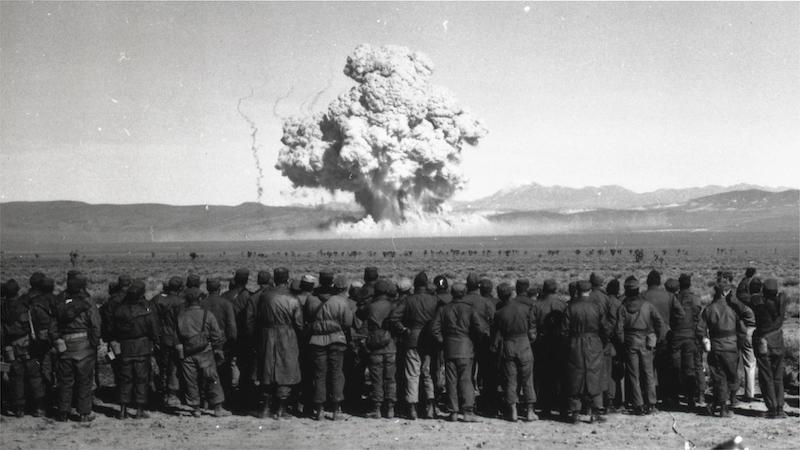
The University of Utah’s J. Willard Marriott Library maintains a collection called the Downwinders of Utah Archive, with oral history interviews, written personal histories and other materials documenting the experiences of Utah downwinders.
Multiple interview subjects recalled going outside to watch the tests: standing on hillsides with parents or teachers, waiting for the flash and listening for the boom minutes later. Then they’d watch the resulting clouds drift over their towns, lighting up sunsets with spectacular colors and raining radioactive particles over their homes. Many of the interviewees say as years went by, they lost family members, friends and classmates to cancer, and many are cancer survivors themselves.
“We were told that it was harmless, more or less,” said Lester Gary Cottam, one of the subjects in the Downwinders of Utah Archives. “Come to find out, we were being used like guinea pigs … I think, overall, nuclear weapons are probably the biggest disaster we’ve got on this planet.”
RECA was scheduled to expire in July of 2022 but the extension adds two more years. Supporters of the program propose to use those two years to amend the act by expanding the geographic area included, covering more illnesses linked to radiation, extending eligibility to more members of the uranium mining industry — and then extending the amended program further into the future. Some have also proposed adjusting the compensation amounts to account for inflation.
Utah Senator Mike Lee sponsored the bill to extend RECA in the Senate.
“Downwinders, uranium miners, uranium millers, and ore transporters were harmed by the federal government and deserve compensation,” Lee said in a press release about the extension.
Officials from Arizona, New Mexico, and the Navajo Nation also support the extension and expansion of RECA. In a discussion of the extension in the U.S. House of Representatives, Arizona Representative Greg Stanton said that RECA has so far made payments to over 37,000 people.
“We know an extension of RECA is necessary,” Stanton said. “There are still families filing claims for their fair share of restitution, and according to a recent publication of the CDC, many more individuals will develop cancers and illnesses linked to the radiation exposure in the years to come.”
In the same session, New Mexico Representative Teresa Leger Fernandez read from an article from the Journal of Occupational and Environmental Medicine that argued that many people would continue to develop diseases from their involvement in the uranium industry beyond the cutoff in the current iteration of RECA. As it stands, the law only covers people employed between 1942 and 1971.
Navajo Nation President Jonathan Nez said in a press release that now that the extension has passed, “we can continue to work for the reauthorization and expansion of the Radiation Exposure Compensation Act through 2040.”
Reauthorization of RECA has bipartisan support, and the federal government’s responsibility for the illnesses of uranium workers and downwinders is being acknowledged. But the many troubling implications of nuclear weapons persist.
RELATED CONTENT
Moab, Utah: Uranium Boom Led to One of the Most Vibrant Towns in Utah
How Moab, Utah Moved from Mining to Recreation
San Rafael Secrets: What Did Madame Marie Curie Do in the Middle of a Utah Desert?
Moab’s Old Uranium Roads – Perfect Mountain Biking Trails
SUPPORT LOCAL JOURNALISM AND SUBSCRIBE TO PRINT MAGAZINE



